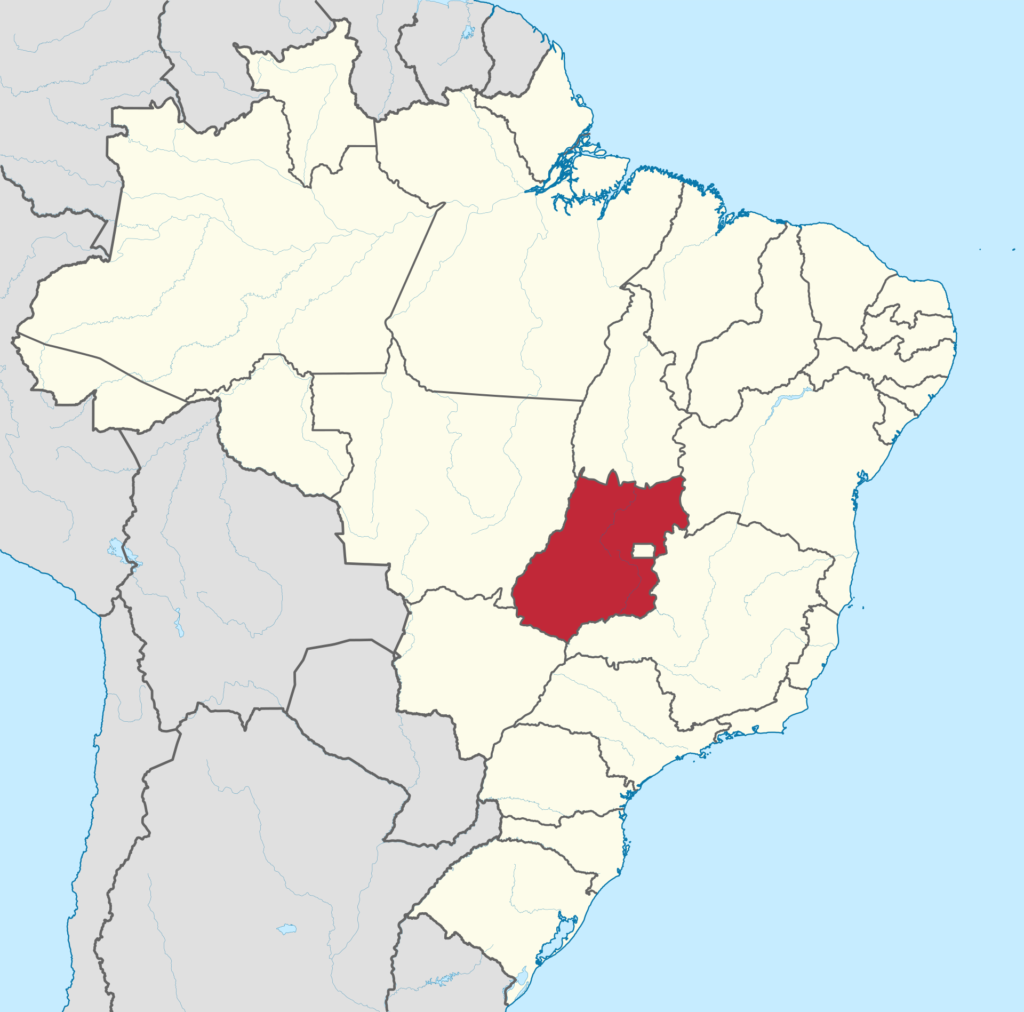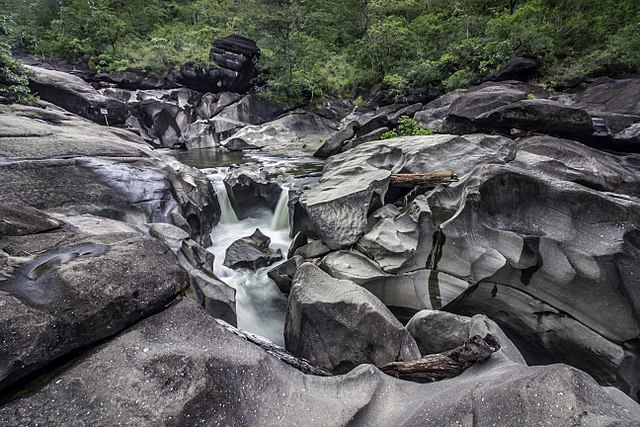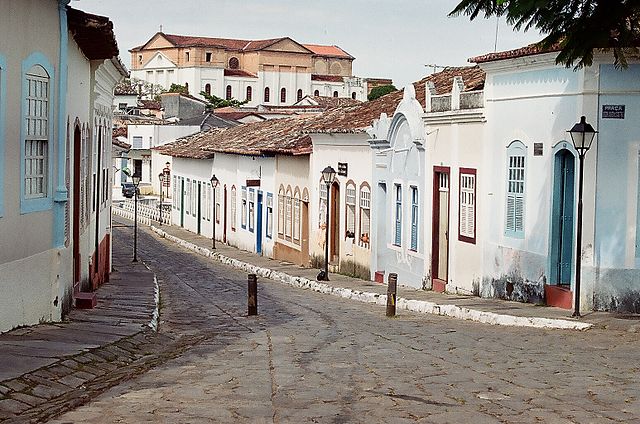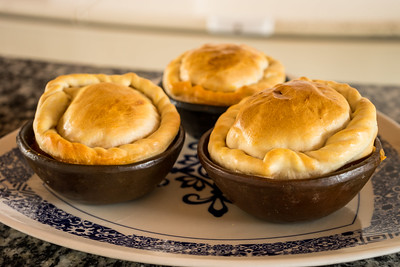Brazilian states: Goiás Posted by carol on Aug 10, 2020 in Brazilian Profile, Culture, Customs, Geography, Holidays, Learning, Vocabulary
Olá, amigos leitores! Hello, dear readers! Today we are moving forward with our series on estados brasileiros (Brazilian states). To celebrate reaching the 10th text on the theme, let’s focus on a place that permeates popular Brazilian song imaginary: the state of Goiás. Located in the central-west region, right next to the federal district where the Brazilian capital is, Goiás is known for its countless sertanejo musicians (brazilian folk / country music) that rose to stardom throughout its recent history. Goiás-born country cantores (singers) have turned into icons for a whole generation, such as Leandro & Leonardo, Zezé di Camargo & Luciano, Marília Mendonça and Jorge & Mateus, to name just a few. So shall we explore this state even beyond its musical scene?
Before diving into it, let’s cover some basic information on Goiás first. With over 7 million residents, the state has a territorial extension comparable to that of Finland, with about 340 thousand km2. Its capital is Goiânia and, in addition to the federal district, the state borders Minas Gerais, Mato Grosso do Sul, Mato Grosso, Tocantins and Bahia. Plenty of dias quentes e ensolarados (hot and sunny days) can be expected o ano todo (all year long), with temperatures reaching 34˚C no verão (in summer) and 16˚C no inverno (in winter). But how to enjoy this lovely clima (weather)?
Mountain ranges and national parks are Goiás staples. One of the most stunning parks in Brazil can be found there, the Serra Nacional da Chapada dos Veadeiros, listed as a Patrimônio Mundial (World Heritage Site) by UNESCO. Besides breathtaking landscapes featuring mountains and several trilhas para caminhadas (hiking trails), a number of cachoeiras (waterfalls) dot its more than 600 km2 in length. Among its many wonders, Vale da Lua, Jardim de Maytrea, Vale do Rio Preto and Santa Barbara Waterfall are well worth a visit. There is no way viajantes (travellers) won’t fall in love with this natural paradise!
But if you would rather passear (take a stroll) through charming and peaceful historic cidades (cities), the former state capital also named after Goiás is where you should head to. With just over 22 thousand inhabitants, the small town is also UNESCO protected as a Historical and Cultural Heritage for its unique Baroque architecture, cultural traditions and exuberant nature. The Procissão do Fogaréu (Fogaréu Procession) is undoubtedly one of its best known attractions, where the population stages the arrest of Jesus. It takes place on Holy Thursday, so make sure to stop by around páscoa (Easter).
I’m sure you are wondering by now you about the state’s typical culinária (cuisine), right? Então vamos ao que interessa (So let’s get down to business). The predominant vegetation of the region is the cerrado (a type of savannah), so you will come across an endless variety of frutas e vegetais raros (rare fruits and vegetables) unknown even to those from other regions of Brazil. A famous empresa de sorvetes (ice cream brand) from Goiás took advantage of this singularity and sells exclusive picolés (popsicles) with the exotic native fruits flavor, a success across the country (avocado popsicle, anyone?). Savory Goiás pratos (dishes) include arroz (rice) with pequi – a traditional yellow fruit, which adds a strong and special aroma to preparations – , galinhada – a chicken stew with typical vegetables of the region), and empadão goiano (pastry filled with local vegetables) and also the panelinha (a rustic risotto, with meat and vegetables and cheese au gratin). How does that sound?
Have you been to Goiás before? Share your experiences here! If you haven’t yet, add that to your bucket list! Até a próxima and make sure to check out our previous texts about Brazilian states.

Build vocabulary, practice pronunciation, and more with Transparent Language Online. Available anytime, anywhere, on any device.







